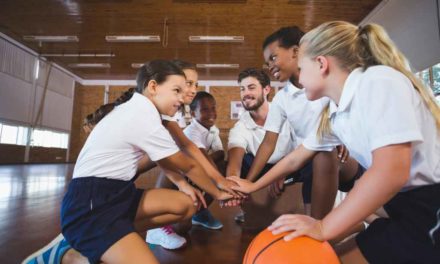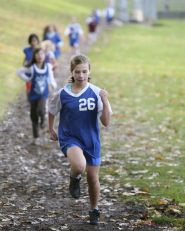Low-level disruption can be a challenge for us all. Although there is no ‘one size fits all’ solution, we hope the strategies below will help to reduce low-level disruption and subsequently develop a positive learning environment in your lessons.
1. Set clear learning objectives and reiterate what you want from a task
Are your students being disruptive or do they not understand the task? Explain (verbal cues) the task clearly, show (visual cues) them how you want the equipment set up and then, once you’ve done all of this, randomly ask a child to repeat the instructions, with prompts if required. This is really effective when setting up tasks that require a lot of equipment or specific distances. Some helpful information can be found here.
2. Tactical Manoeuvring
There’s nothing more frustrating than giving clear and concise learning objectives but some students just aren’t listening! Try standing near to the more challenging students when giving instructions – your mere presence will often have the desired effect. This same method can be applied during the active parts of your lessons as well- stand near that badminton court where low-level disruption is more likely; referee that 6 a-side football match in which an altercation is possible, and ask ‘that’ student to look for fouls on the long jump…..and stand right next to him/her!
3. The teacher should always choose the working groups
You are the expert! Who would work really well together? Who really needs to be kept apart? This is a defining part of our lessons and is non-negotiable. Sometimes we may choose to put those more challenging pupils all in one group, especially in perceived favourable situations. In other instances, we may want to split these students up. Experiment with both methods but, remember, the choice is always ours!
4. Develop the social skills of pupils.
As this substantial piece of research shows, disruptive behaviour is far higher in those pupils who have poor social skills. How can we as PE teachers do this? We can start by giving them the opportunity to develop these skills- incorporate communication/ teamwork/ leadership/ Listening tasks into our warm-ups and practices. Once these have been instilled maybe we could consider introducing the Sport Education approach for older pupils. This approach, along with the associated peer pressure and responsibility, will help keep even the most challenging students on task! Information can be found here.
5. Playing an extended game/competitive practice is not essential to our lesson!
Have you got a class full of able students? An effective method to reduce low-level disruption is to make it quite clear that any time used to correct low-level disruption will be taken from the time allocated for competitive practices/ games.
Is it the same pupil consistently failing to follow instructions? No problem- they can referee the games of football this week or even be the coach! These minor consequences will be witnessed by the class and the vast majority would rather be participating in a sport than officiating a sport. For this to be effective the sanction must be applied consistently and often works particularly well with sports that the class find most engaging.
To find out some more information then you can call the PEOffice team on 01909 776 900, send an email to mail@peoffice.co.uk or book a free demo here.










